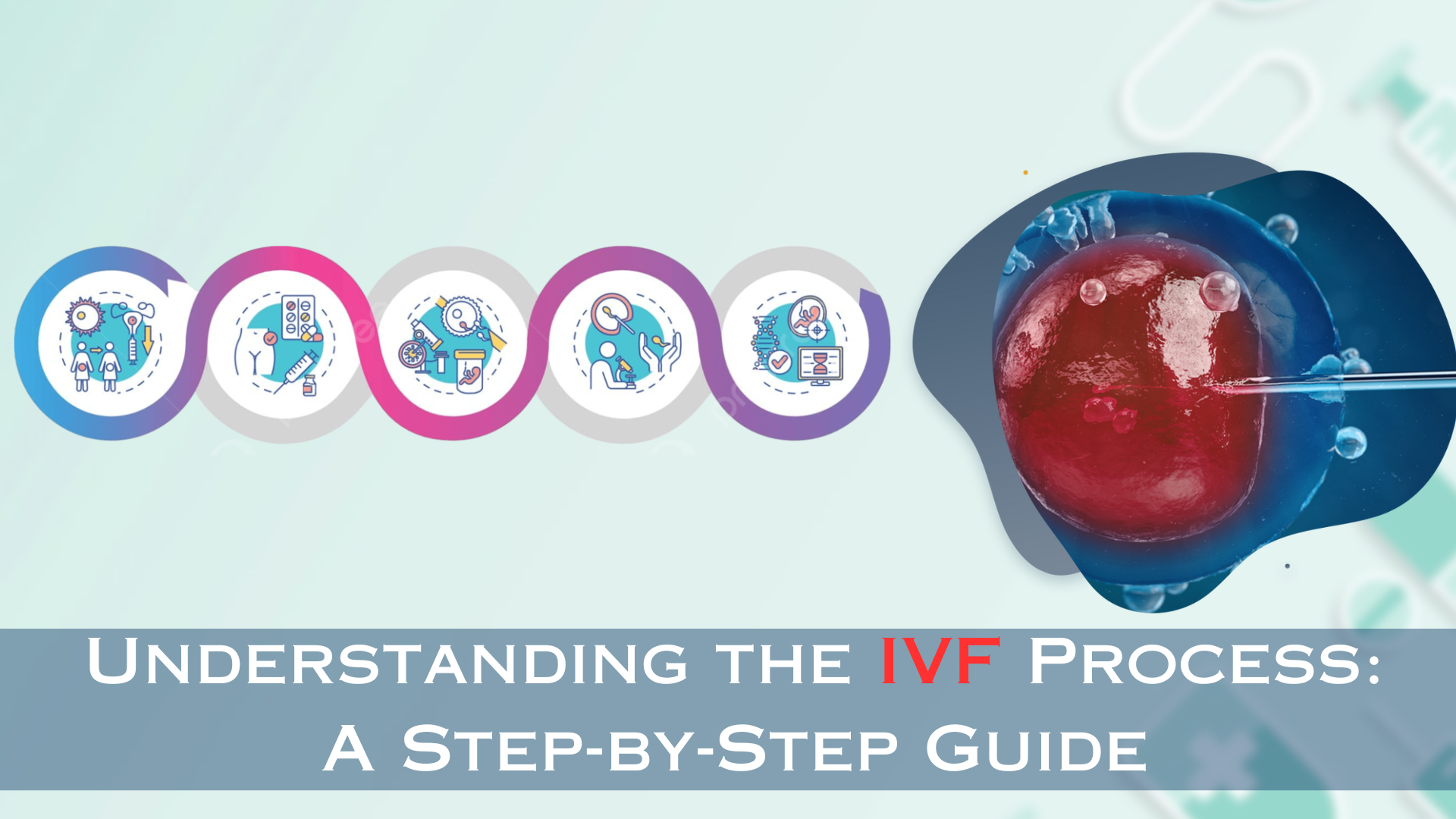In Vitro Fertilisation (IVF) is a widely recognized assisted reproductive technology that has brought hope to millions of couples struggling with infertility. This process involves the fertilisation of eggs with sperm in a laboratory setting, and the resulting embryos are then transferred into the woman’s uterus. If you’re considering IVF or are just curious about the procedure, this step-by-step guide will provide you with a comprehensive understanding of the IVF process.
Step 1: Initial Consultation and Evaluation
The journey begins with an initial consultation with a fertility specialist or reproductive endocrinologist. During this visit, both partners will discuss their medical history, undergo various tests, and receive a thorough evaluation to identify the underlying causes of infertility. The evaluation will help the medical team tailor the IVF treatment to your specific needs.
Step 2: Ovarian Stimulation
Once the evaluation is complete, the woman will start the ovarian stimulation phase. Fertility medications, typically in the form of injections, are prescribed to encourage the ovaries to produce multiple mature eggs. Regular monitoring through blood tests and ultrasounds helps the medical team keep track of the ovarian response.
Step 3: Egg Retrieval
When the eggs have reached the desired stage of maturation, the egg retrieval procedure is scheduled. This is usually done under sedation to minimize discomfort. A thin, ultrasound-guided needle is inserted through the vaginal wall to retrieve the eggs from the ovaries. The collected eggs are then transferred to the laboratory for fertilization.
Step 4: Sperm Collection and Fertilization
Around the same time as the egg retrieval, a sperm sample is collected from the male partner or a sperm donor. The sperm is then processed and prepared for fertilization. In some cases, Intracytoplasmic Sperm Injection (ICSI) may be used, where a single sperm is directly injected into an egg to aid fertilization.
Step 5: Embryo Development and Cultivation
Following fertilization, the embryos are carefully monitored and cultured in the laboratory for several days. The embryologists assess their development and select the healthiest and most viable embryos for transfer.
Step 6: Preimplantation Genetic Testing (PGT)
In certain situations, PGT may be recommended to identify genetic or chromosomal abnormalities in the embryos before transfer. This screening can help improve the chances of a successful pregnancy and reduce the risk of certain genetic disorders.
Step 7: Embryo Transfer
Once the embryos have developed and PGT (if performed) results are available, the best-quality embryo(s) are chosen for transfer. The embryo transfer is a relatively simple procedure that does not require anaesthesia. A thin catheter is used to carefully place the embryo(s) into the uterus, and the woman may be advised to rest for a short period after the procedure.
Step 8: Waiting for the Pregnancy Test
Following the embryo transfer, the two-week wait begins. During this crucial period, patients eagerly wait for a pregnancy test to determine if the IVF procedure was successful.
Step 9: Pregnancy Test and Beyond
Around two weeks after the embryo transfer, a blood test is conducted to check for the presence of hCG (human chorionic gonadotropin), a hormone indicative of pregnancy. A positive result brings joy and relief to the hopeful parents-to-be. From here on, the pregnancy progresses much like any other, with regular prenatal check-ups and ultrasounds to monitor the baby’s growth and well-being.
Conclusion
Understanding the IVF process can help alleviate some of the anxiety associated with fertility treatments. While IVF may not be the right path for everyone, it has granted the gift of parenthood to countless couples worldwide. Remember that each IVF journey is unique, and seeking support from medical professionals and support groups can be beneficial during this emotional and transformative experience.


Add Your Comment